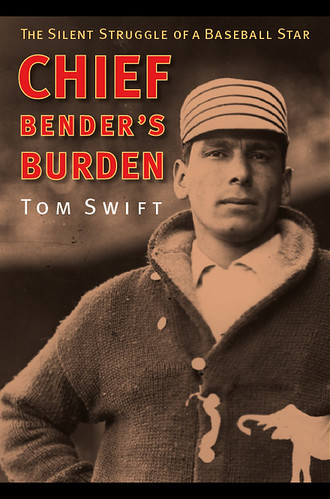What he did: I’ve written a couple of times recently about Case, an outfielder for the Washington Senators and Cleveland Indians from 1937-1947 who shot 8 mm color footage of his career. I didn’t know of Case before first hearing from his son George Case III, but his stolen bases totals impressed me.
In an era before speedsters like Maury Wills, Lou Brock and Rickey Henderson helped revolutionize base stealing, Case averaged over 40 stolen bases in six seasons of leading the American League. Imagine what Case could have done in an era where stealing was encouraged and coached for.
Era he might have thrived in: The 1980s, playing for the St. Louis Cardinals.
Why: Perhaps no team stole as well as the 1985 Cardinals, who swiped 314 bases and had five men with more than 30 steals. Case stole a career-high 61 bases for the Senators in 1943; the stat converter on Baseball-Reference says Case would have 70 steals on the ’85 Cardinals, second-most on the team behind rookie Vince Coleman who had 110.
Maybe there are certain intangibles a machine can’t compute. I ran track all four years of high school, and I remember that as our team attracted more good runners, I got better. I think a lot of things in life are like that. People thrive on competition. We learn from others who best us, receiving encouragement from their feats that the seemingly impossible can be done.
Case didn’t have many peers to draw from. Wally Moses finished just behind him in 1943 with 56 steals, though no other American League player had 30. In fact, Case fell just shy of stealing at least 10 percent of the bases in his league that year. Looking over Baseball-Reference, I found seven men in the modern era who have done this:
- Luis Aparicio in 1959 and 1964
- Lou Brock in 1966
- Bill Bruton in 1954
- Willie Mays in 1956
- Jackie Robinson in 1949
- Snuffy Stirnweiss in 1944
- Maury Wills in 1962 and 1965
For reference, Ty Cobb didn’t steal 10 percent of the bases in his league when he swiped 96 bags in 1915, Brock fell short of the 10 percent mark when he had 118 in 1974, and Henderson’s record-setting 130 steals in 1982 accounted for 9.33% of the 1,394 stolen bases in the American League that year.
With the glut of expansion and nearly twice as many teams now playing in each league than they did in Case’s era, stealing 10 percent of the bases in one’s circuit has become almost impossible. Consider that Jose Reyes’ 78 steals in 2007 were less than 5 percent of the 1,564 steals in the National League that year. Still, I think Case’s totals for his era are impressive.
Curious, I emailed Case III. He wrote back, “My father often said, that if he had played in another era, he probably could have stolen at least 100 bases in a season. My dad never ran when the team was behind by more than three runs and never tried to steal third with two outs – it just wasn’t done when my dad played.”
There’s one more thing worth mentioning. Case died in 1989 at 73 from emphysema. When I interviewed Case III by phone two weeks ago, I asked if his dad had smoked during his career. Case III told me his dad started smoking when he was 10. If he’d come of age in an era where this was frowned upon, who knows what his stolen base totals could have been.
Any player/Any era is a Thursday feature here that looks at how a player might have done in an era besides his own.
